Top Photo: Warsaw Ghetto: View on Grzybowska street from gate at Żelazna street, looking east from the Polish side into the ghetto, June 1942. Credit: Bundesarchiv Bild 101I-270-0298-07, Polen, Ghetto Warschau, Mauer.
The word “ghetto” was first used in 1516 in Venice, Italy, to refer to the segregated neighborhood of the city’s Jewish inhabitants, who were required by law to reside within a few small blocks. The Venetian Ghetto was located in the same area as the city’s old copper foundry and, as a result, it is generally acknowledged that the term “ghetto” derived from the Venetian verb gettare, meaning to throw or to cast. In the 15th and 16th centuries, authorities in several other major European cities such as Rome, Frankfurt, and Prague ordered the creation of ghettos for their local Jewish populations, often walling them off and subjecting them to a series of laws or restrictions.[1] Other cities, such as Vilna, Lithuania, had historic Jewish quarters dating from the Middle Ages, where the local Jewish population voluntarily concentrated and established their own neighborhoods.
By the 19th century, however, “ghetto” had become synonymous for Jewish residential areas throughout Europe, although they encompassed many different forms of spaces “ranging from courtyards and streets to city quarters up to villages and towns, of which most were not compulsory.”[2]
During World War II, the word “ghetto” was appropriated to describe designated sections of Nazi-controlled cities where German authorities concentrated local Jewish populations. Historians trace the origin of the so-called Nazi “ghetto policy” to a meeting on November 12, 1938, when Hermann Göring broached the idea of erecting sealed-off ghettos to completely exclude Jews from German society. At the time, key personnel, most notably Reinhard Heydrich, opposed this idea, believing ghettos would become epicenters for crime and epidemics. About a year later, however, Heydrich and others began calling for the segregation of Warsaw’s Jewish population, although the term “concentrated cities” was initially used to refer to these confined areas instead of the word “ghetto.”[3]
Establishing the Jewish Ghettos
Less than a month after the invasion of Poland, Heydrich issued an order on September 21, 1939, instructing the Nazi civil administration to “concentrate and intern the Jews in separate neighborhoods in the cities, for reasons associated with general police security, while taking economic needs into account.”[4] Soon thereafter, the first Jewish ghetto was established on October 3, 1939, in Piotrków Trybunalski, the capital of the district of Piotrków and located in the province of Łódź in Poland. According to the United States Holocaust Memorial Museum, the Germans ultimately established at least 1,143 ghettos in the occupied eastern territories. The largest ghetto, the Warsaw Ghetto held more than 400,000 Jews in an area of approximately 1.3 square miles. Other major ghettos included those in Łódź, Kraków, Białystok, Lvov, Lublin, Vilna, Kovno, Częstochowa, and Minsk. While largely utilized as a space to concentrate Eastern European Jews, tens of thousands of Western European Jews were also deported to ghettos in the east.[5]
Historian Raul Hilberg argues that “the preliminary steps of the ghettoization process consisted of marking [Jews], movement restrictions, and the creation of Jewish control organs.”[6] Indeed, Nazi officials required Jews living in ghettos to wear identifying armbands or badges, and movement was either completely prohibited or strictly regulated. Nazi-appointed Jewish councils, or Judenräte, provided civil administration and oversaw daily life in the ghettos while Jewish ghetto police enforced and facilitated orders from German authorities and Jewish councils. Both Jewish councils and Jewish police forces “served at the whim of German authorities” and “the Germans did not hesitate to kill those who were perceived to have failed to carry out orders.”[7]
However, as the renowned Holocaust historian Christopher Browning argues, “Ghettoization was not a conscious preparatory step planned by the central authorities to facilitate the mass murder [of Jews] nor did it have the ‘set task’ of decimating the Jewish population. Ghettoization was in fact carried out at different times in different ways for different reasons on the initiative of local authorities.”[8] In other words, the immediate goal of Nazi ghettoization policy was to segregate and isolate the Jewish population in the occupied eastern territories until they could agree upon a longer-term solution to the “Jewish Question.” As a result, life in Nazi ghettos varied significantly. For instance, in some places, ghettoization lasted only a short time, while in other areas ghettos existed for years.[9]
Life in the Ghettos
Nevertheless, life in ghettos was almost always characterized by extensive overcrowding, unsanitary conditions, hunger and starvation, the rampant spread of contagious diseases, and freezing conditions in the winter months. It is estimated that tens of thousands of Jews died in ghettos from illness, starvation, and the cold.[10] Abraham Lewent, who lived in the Warsaw Ghetto until 1943, describes the conditions he and his family faced: “The hunger in the ghetto was so great, was so bad, that people were laying on the streets and dying, little children went around begging, and every day you walked out in the morning, you see somebody is laying dead.”[11]
Although not initially part of the Final Solution, the planned extermination of the entire European Jewish population, ghettos ultimately became gathering centers before deportation to extermination centers. The liquidation of ghettos involved rounding up all Jewish inhabitants, shooting any resisters, deporting Jews to killing centers, and the physical destruction of the ghetto. Blanka Rothschild describes her memory of the liquidation of the Łódź Ghetto: “[When] came our time, we had to be taken out. The entire population of our [building] was walked to the place where the cattle cars were, and we were loaded. It was a horrible thing because people had to stand. There was no place to sit or squat. If somebody was sick or even dying, he died on his feet standing up. It was just unbearable.”[12] While some were able to escape or were transferred to forced labor camps, the vast majority of Jews who lived in ghettos in Nazi-occupied Eastern Europe perished either from horrid conditions or mass deportations to extermination centers.
During a conference in March 1941 at Alfred Rosenberg’s Frankfurt-based Institute for Research into the Jewish Question, Peter-Heinz Seraphim laid out the differences between ghettos of the past and those established by Nazi officials: “The ghetto of the [past] was in essence a community voluntarily living together, in addition to which it by no means excluded business contacts between Jews and non-Jews.” In contrast, Seraphim argued, the ghettos established in German-controlled cities were “a forced measure” to ensure that the Jewish population had “no contact or possibility of contact with non-Jews.”[13] As Seraphim demonstrates, the initial goal of ghettoization was compulsory separation. Yet, ghettoization soon became a method of persecution and, ultimately, once the Final Solution was implemented, a place associated with mass death, marking a distinctive phase in the Holocaust
References:
[1] Daniel Schwartz, Ghetto: Chronicling a Word’s Tortured History, (Cambridge, M.A.: Harvard University Press, 2019), 1-2.
[2] Stephan Lehnstaedt, “Jewish Spaces? Defining Nazi Ghettos then and Now,” The Polish Review 61 no. 4 (2016): 43.
[3] Dan Michman, The Emergence of Jewish Ghettos During the Holocaust (Cambridge: Cambridge University Press, 2011), 31-33.
[4] Boaz Neumann, Nazism, (Tel Aviv: MOD Publishing House 2007), 154.
[5] United States Holocaust Memorial Museum (USHMM), “Ghettos,” Holocaust Encyclopedia, available at https://encyclopedia.ushmm.org/content/en/article/ghettos, (accessed Oct 3, 2023).
[6] Raul Hilberg, The Destruction of the European Jews, (New York: Holmes & Meier, 1985), 144.
[7] USHMM, “Ghettos,” https://encyclopedia.ushmm.org/content/en/article/ghettos.
[8] Christopher R. Browning, “Nazi Ghettoization Policy in Poland: 1939-1941,” Central European History 19 no. 4 (Dec. 1986): 344-345.
[9] USHMM, “Ghettos,” https://encyclopedia.ushmm.org/content/en/article/ghettos.
[10] USHMM, “Life in Ghettos,” Holocaust Encyclopedia, available at https://encyclopedia.ushmm.org/content/en/article/life-in-the-ghettos, (accessed Oct 3, 2023).
[11] USHMM, “Oral history interview with Abraham Lewent,” 1989.A.0344, RG-50.030.0130, available at https://collections.ushmm.org/search/catalog/irn504624, (accessed October 3, 2023).
[12] USHMM, “Oral history interview with Blanka Rothschild,” RG-50.030.0381, available at https://collections.ushmm.org/search/catalog/irn504766, (accessed October 3, 2023).
[13] Quoted in Deborah Dwork and Robert Jan van Pelt, Holocaust: A History, (New York: W.W. Norton & Company, 2002), 218.
Jennifer Popowycz, PhD
Jennifer Popowycz, PhD is the Leventhal Research Fellow at The National WWII Museum. Her research focuses on the Eastern Front and Nazi occupation policies in Eastern Europe in World War II.
Cite this article:
MLA Citation:
APA Citation:
Chicago Style Citation:
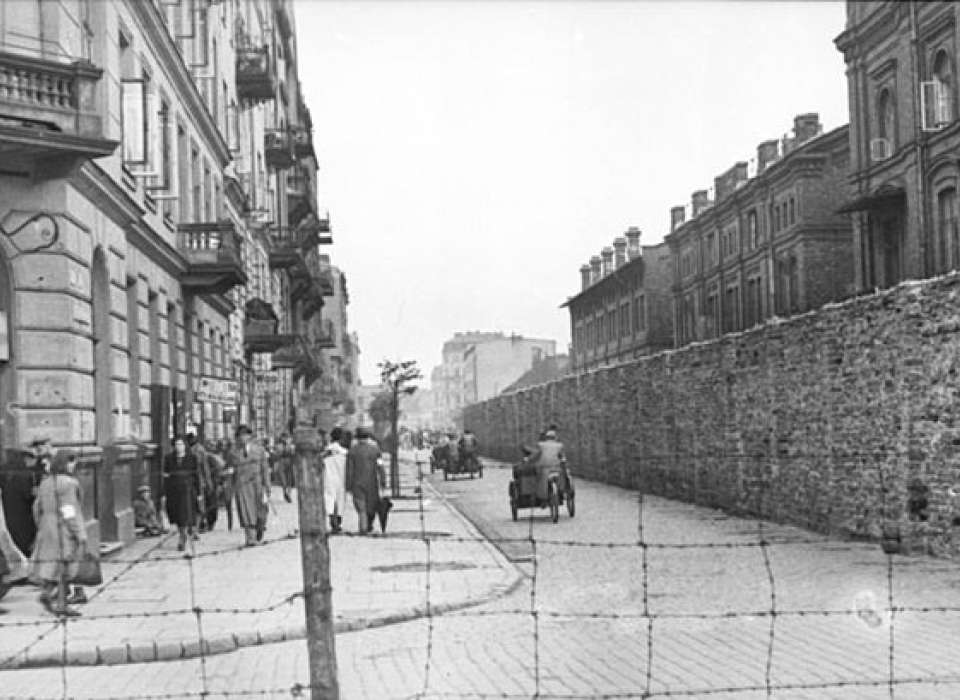
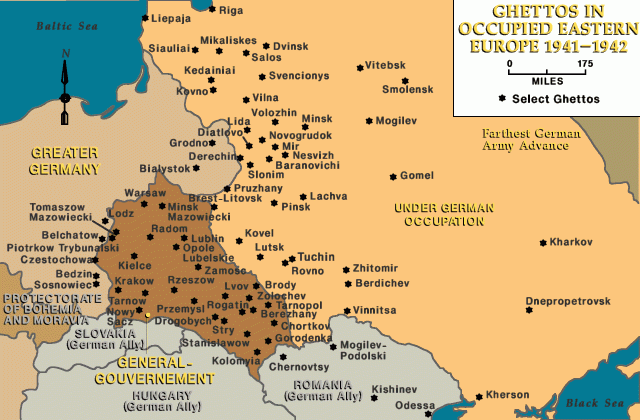
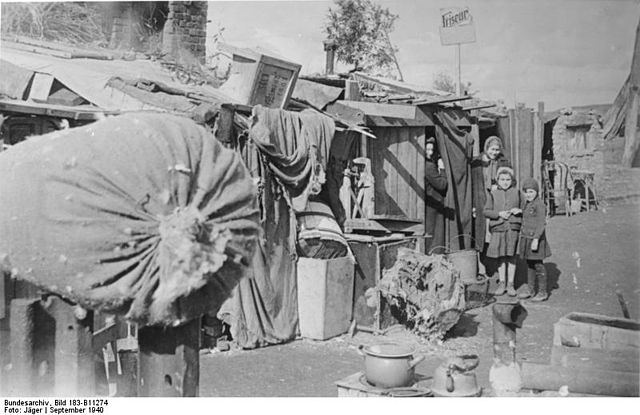

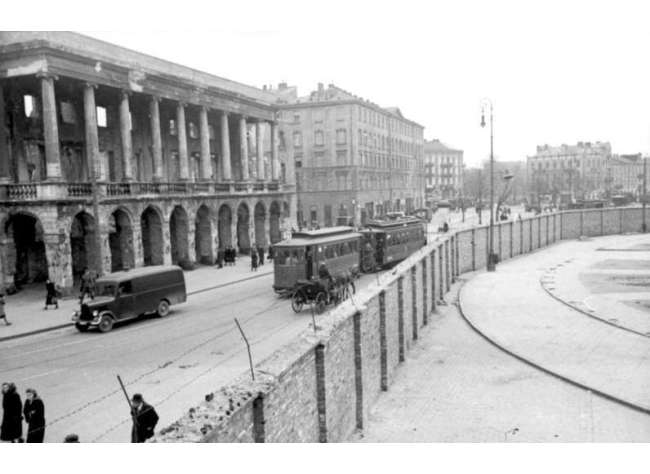
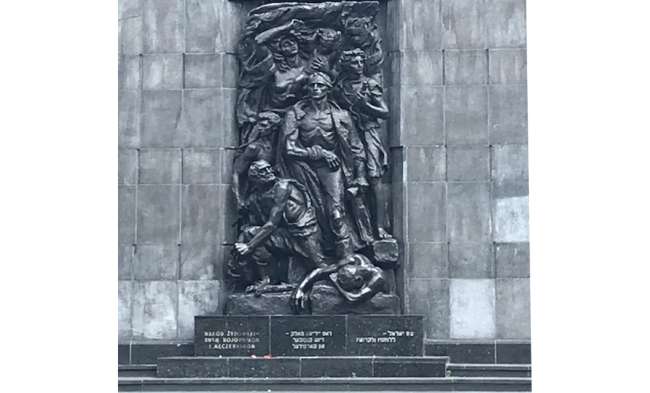
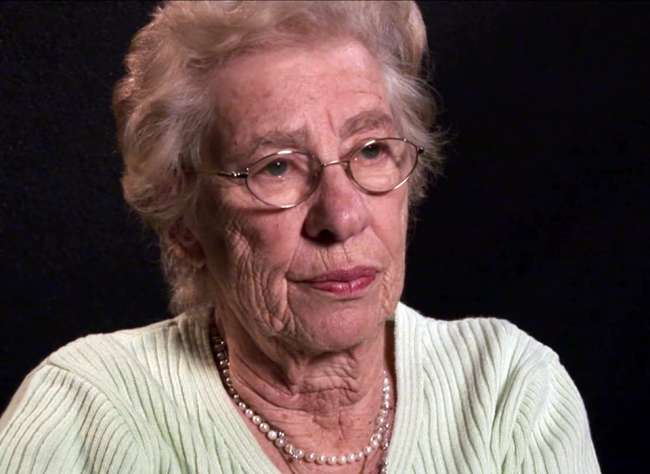



![Max Fuchs, New York City cantor, sings as Rabbi Sydney [sic] Lefkowitz, Richmond, VA, conducts the first Jewish services from Germany.](/sites/default/files/styles/max_650x650/public/2025-10/image1.jpg)


